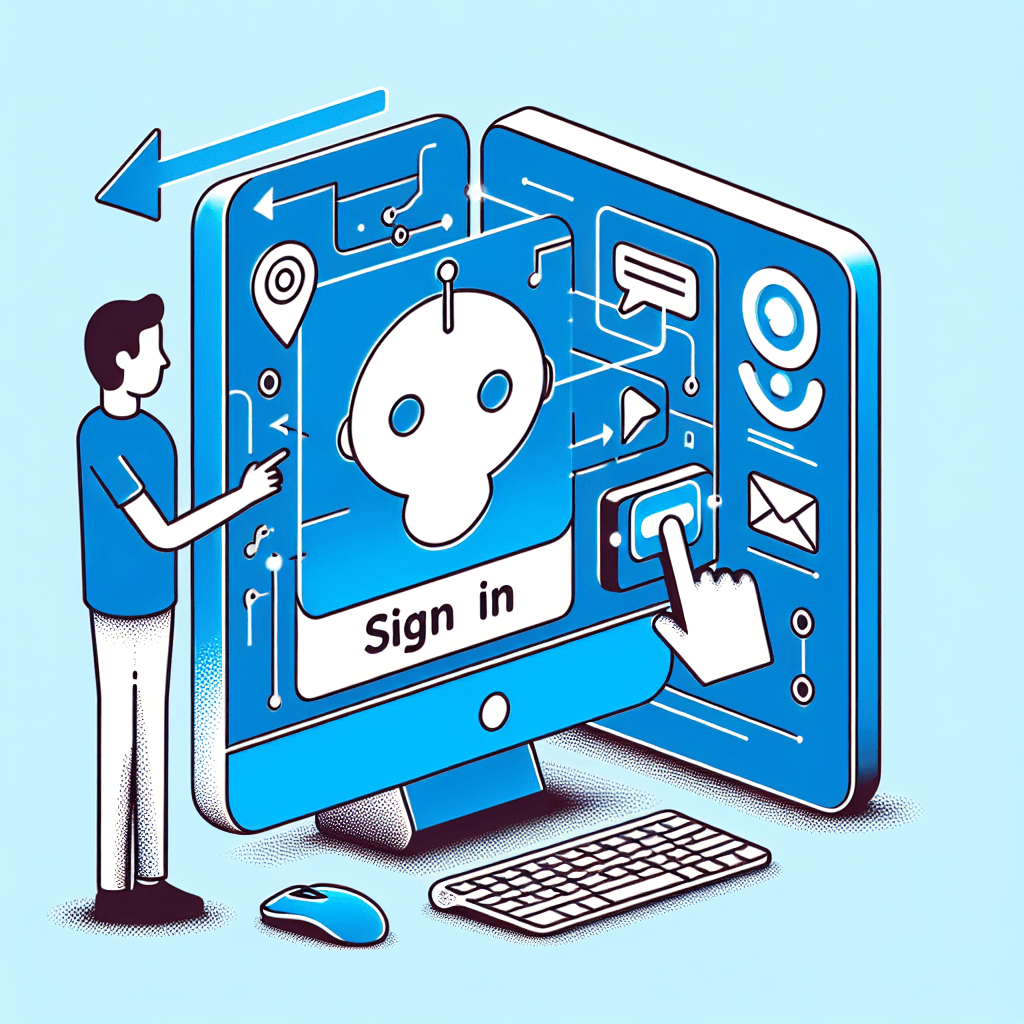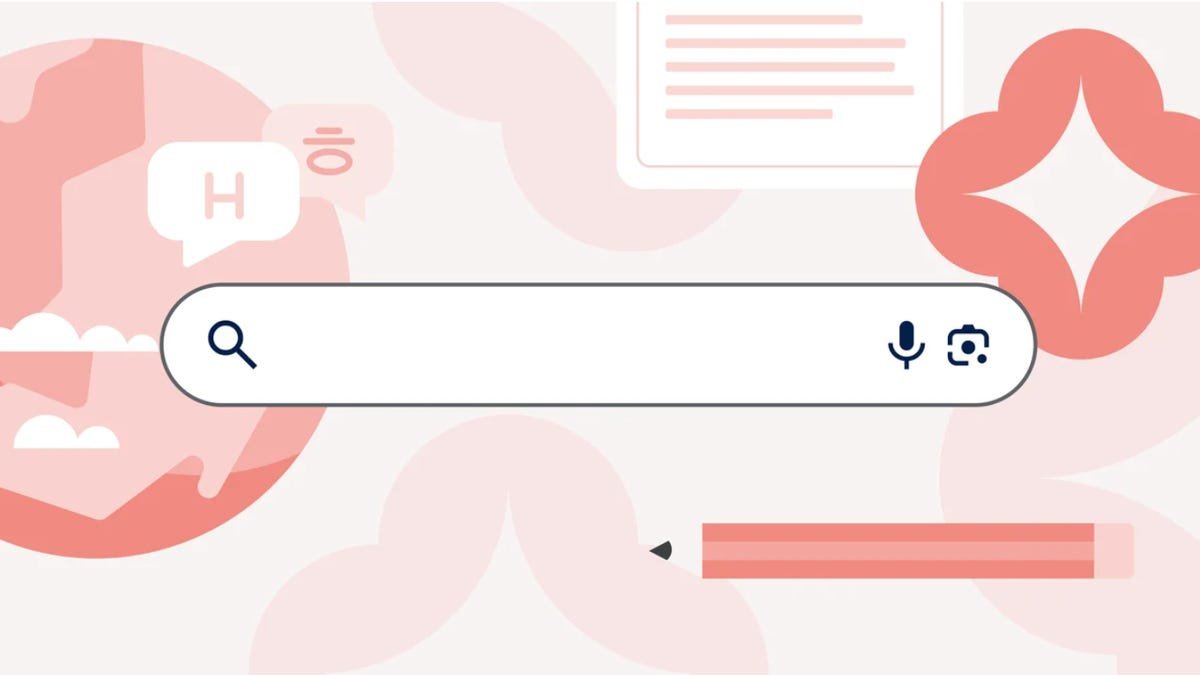Understanding OpenAI’s Agent Builder: A Comprehensive Guide
In today’s digital landscape, the ability to engage customers effectively is paramount. OpenAI has just unveiled its latest tools designed to enhance interaction through intelligent chatbots. In this article, we will explore OpenAI’s Agent Builder, along with the Chat Kit and various widgets that can be used to create a responsive and effective chatbot. By the end, you will not only understand how these tools work but also how to create your own demo chatbot that can interact with customers and leads alike.
What is OpenAI’s Agent Builder?
OpenAI’s Agent Builder is a new framework that allows users to create customized chatbot workflows. This innovative tool simplifies the process of setting up intelligent agents that can interact with users in a conversational manner. Unlike traditional chatbot frameworks, which may require extensive programming knowledge, Agent Builder is designed to be user-friendly and accessible to a broader audience.
Key Features of Agent Builder
User-Friendly Interface: The interface is intuitive, making it easier for users with little to no programming background to create sophisticated workflows.
Multi-Agent Workflows: Users can set up multiple agents that can handle different tasks, such as customer inquiries or tech support.
- Integration with Data Sources: The Agent Builder allows chatbots to pull data from various sources, including vector stores, enabling them to provide accurate and relevant answers.
Practical Example: Creating a Simple Workflow
Imagine a small business that receives numerous inquiries about its products. Using the Agent Builder, the owner can create a workflow where one agent handles general questions, while another specializes in technical support. This setup can significantly enhance the customer experience and ensure that inquiries are directed to the right person.
FAQ
Q: Do I need programming skills to use Agent Builder?
A: No, the Agent Builder is designed for users of all skill levels. Its intuitive interface makes it easy to create workflows without coding.
Q: Can I create multiple agents for different purposes?
A: Yes, you can set up multiple agents to handle various tasks, improving efficiency and customer service.
Exploring the Chat Kit
The Chat Kit is another essential tool provided by OpenAI, designed to facilitate the integration of chatbots into websites. It allows businesses to embed chat functionalities seamlessly, making it easy for users to interact with the chatbot directly on the site.
How to Use the Chat Kit
Using the Chat Kit involves a few straightforward steps:
Integration: You will need to integrate the Chat Kit SDK into your website. This process is typically guided by documentation provided by OpenAI.
Design Customization: The Chat Kit allows for some customization in terms of design, enabling you to match the chatbot’s appearance with your website’s branding.
- Connecting to Data Sources: Once integrated, you can configure the chatbot to pull data from your vector store or other databases, ensuring that it provides accurate responses to user inquiries.
Practical Example: Embedding a Chatbot on Your Site
Consider an online retail store that wants to improve customer engagement. By embedding a chatbot using the Chat Kit, customers can ask questions about product availability, get recommendations, or receive support—directly from the store’s website. This instant access to information can significantly reduce bounce rates and enhance customer satisfaction.
FAQ
Q: Is the Chat Kit easy to integrate into existing websites?
A: Yes, the Chat Kit is designed for easy integration. Comprehensive documentation is available to assist with the process.
Q: Can I customize the appearance of the chatbot?
A: Absolutely! The Chat Kit allows for design customization to align with your brand’s visual identity.
Building a Demo Chatbot
Now that we have a clear understanding of both the Agent Builder and the Chat Kit, let’s delve into the steps required to create a demo chatbot. This chatbot will not only engage users but also differentiate between customers and leads, gathering essential information for your sales team or addressing support inquiries.
Step-by-Step Guide to Building Your Chatbot
Setting Up the Environment: First, ensure you have access to the necessary tools, including the Agent Builder and Chat Kit SDK.
Creating Your First Agent:
- Access the Agent Builder interface.
- Define the purpose of your agent. For our demo, let’s create an agent that can identify whether a user is a customer or a lead.
- Configure the conversation flow, ensuring that the agent can ask relevant questions to gather information.
Integrating with the Chat Kit:
- Embed the Chat Kit SDK into your website.
- Link the Chat Kit to your agent created in the Agent Builder, ensuring that users can interact with it seamlessly.
Testing the Chatbot: Before going live, conduct thorough testing. Engage with the chatbot to ensure it functions as expected, asking questions and providing appropriate responses.
- Deploying the Chatbot: Once you are satisfied with its performance, deploy the chatbot on your website.
Practical Example: Customer and Lead Identification
Using the demo chatbot, a user might start a conversation. The chatbot could ask, “Are you looking for support with a purchase, or are you interested in learning more about our products?” Based on the user’s response, it can either proceed with support-related questions or gather information for sales outreach.
FAQ
Q: How long does it take to build a demo chatbot?
A: The time can vary, but with the tools provided, a basic chatbot can be set up in just a few hours.
Q: What kind of information can the chatbot gather?
A: The chatbot can collect various types of information, including user contact details, preferences, and specific inquiries related to your offerings.
Conclusion
OpenAI’s Agent Builder and Chat Kit represent a significant leap forward in how businesses can engage with their customers. By understanding these tools, you can create effective chatbots that not only interact with users but also streamline the process of gathering information for sales and support.
Whether you’re a small business owner or part of a larger organization, leveraging these tools can enhance customer experience and improve operational efficiency. As you embark on building your chatbot, remember that the key is in experimentation and continual improvement. With these insights, you’re now equipped to start your journey into the world of intelligent chatbots.







